Lyn’s travels in the Balkans: Part three
If you haven’t already, read Part One and Part Two about Kotor, the city of cats.
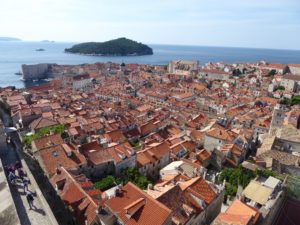 Our journey from Kotor to Dubrovnik should have taken two hours but a delayed start and border hold-ups meant it was nearly 4 pm before we arrived at our Apartment Benussi.
Our journey from Kotor to Dubrovnik should have taken two hours but a delayed start and border hold-ups meant it was nearly 4 pm before we arrived at our Apartment Benussi.
It was about five minutes away from the old city in a quiet residential neighbourhood, but another uphill climb! Our hostess was very welcoming. It was clean, modern and comfortable. Beside our patio grew orange trees and there was plenty of birdsong.
When we ventured down to the old city we were surprised at how overcrowded it was as we had especially chosen to go in May before the height of the tourist season. In summer the huge crowds must be unbearable for the locals. Many have gone to live elsewhere. Steps have been taken to cut down the tourist numbers by staggering cruise ship visits, but more needs to be done to turn it back into a more liveable city. This would also make it a better tourist experience.
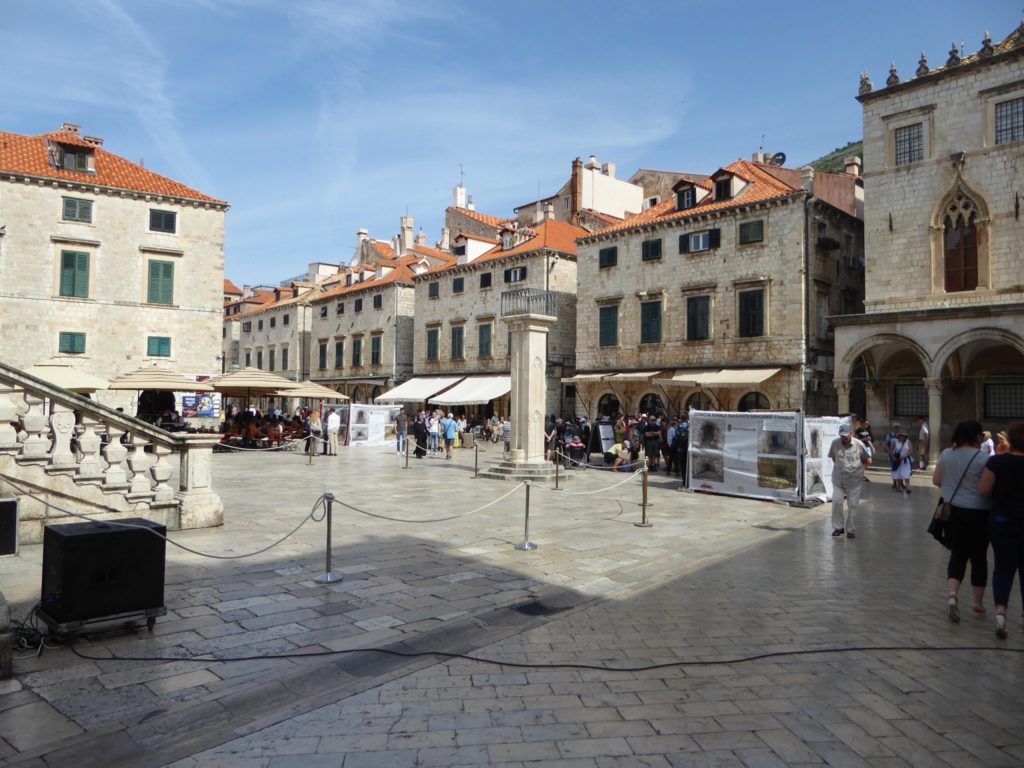
However, Dubrovnik is a tourist trap, because it is so magnificent. The limestone pavement in the wide pedestrian main street, the Placa, could easily be mistaken for marble as it has been polished by myriads of footsteps and is mirror smooth and shiny. The buildings throughout the old city are a creamy white colour.
It also attracts Game of Thrones fans.
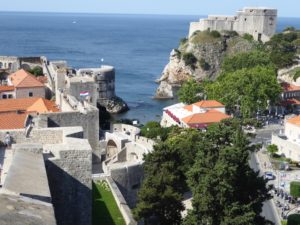 Being on the coast there is an active small boat harbour with both fishing boats and launches offering excursions to nearby islands. But we were happy to stay put and enjoyed meandering around its narrow streets.
Being on the coast there is an active small boat harbour with both fishing boats and launches offering excursions to nearby islands. But we were happy to stay put and enjoyed meandering around its narrow streets.
Like Kotor, Dubrovnik is a walled city. We bought a Dubrovnik card from the tourist office which included the wall walk, and we also put it to good use with free visits to many local museums and houses.
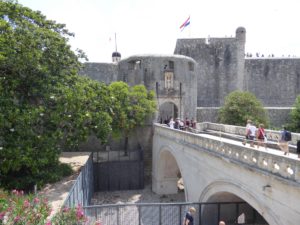 On a cruise ship free day, with fewer crowds, we started early at 8 am and walked around the city walls. There was a cool breeze and there were not too many tourists so it was very pleasant. Like the rest of Dubrovnik it involved a lot of steps but the path was wide and it felt very secure. The views of the sparkling blue Adriatic Sea on one side and the myriad red tiled rooftops of the old city on the other side were magnificent. Some of the roofs are lighter in colour, a somewhat stark reminder that after the bombings during the Croatian War of Independence they had to be replaced.
On a cruise ship free day, with fewer crowds, we started early at 8 am and walked around the city walls. There was a cool breeze and there were not too many tourists so it was very pleasant. Like the rest of Dubrovnik it involved a lot of steps but the path was wide and it felt very secure. The views of the sparkling blue Adriatic Sea on one side and the myriad red tiled rooftops of the old city on the other side were magnificent. Some of the roofs are lighter in colour, a somewhat stark reminder that after the bombings during the Croatian War of Independence they had to be replaced.
Every street in the old town was full of restaurants, far more with Italian than traditional Croatian food on offer. Pizzas were very popular. Thankfully there is no McDonald’s yet.
Our guide book had said that the food in Dubrovnik is generally overpriced and has a poor reputation. We did have one disappointing meal but then discovered a reasonably priced little restaurant which also served tapas.
Coffees were outrageously expensive. A smallish cappuccino was between $7 and $8 NZ dollars. Wisely we had brought a little plunger with us so we could make coffees in our apartment. But ice-creams were more affordable, and came in many delicious flavours.
One day we visited the Natural History Museum which doesn’t get a mention in the Guide Books but we were fascinated by the large collection of skeletons (animal, not human), stuffed birds and shells. All was really well curated (including in English) and there was a strong conservation message. As we were the only two visitors there it was a peaceful interlude. Not so at the other churches and museums. The old Apothecary housed in a Monastery was packed but as it is a roomy building we could easily view the mainly religious rather than medicinal artefacts.
By Lyn Potter
Parent and grandparent, Avid traveller, writer & passionate home cook







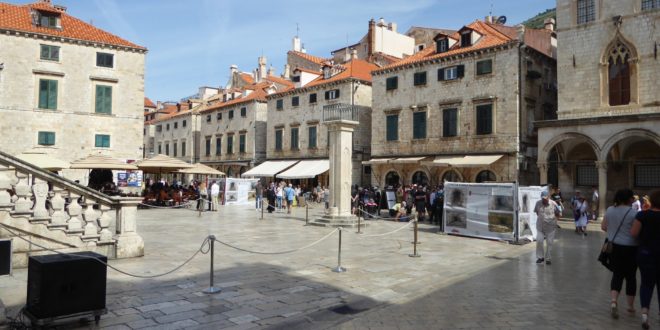

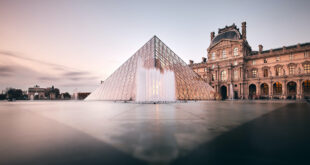
Join the Discussion
Type out your comment here:
You must be logged in to post a comment.